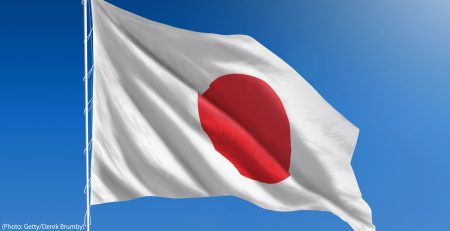Best strategies for registering a name as a trademark
The name you give your new business or product is crucial; it may assist establish your brand identification in customers’ minds just as much as a logo or other distinctive artwork. But if you want to add that name to your portfolio of intellectual property (IP), you must proceed with caution.
It can sometimes be challenging for businesses to register names as trademarks, much like slogans. The same straightforward explanation applies in both situations—only non-descriptive and distinctive instances are eligible for registration. Although submitting an application to register a trademark for a name can sometimes be challenging, the long-lasting IP protection that comes from a successful registration is a significant tool for building and protecting a business.
Conducting a comprehensive trademark search
When you have a name that you believe might be a fanciful, arbitrary, or suggestive trademark, it’s time to check databases of registered marks to ensure that it’s not already taken.
Furthermore, bear in mind that assistance from a competent trademark lawyer might make your trademark search go more effectively.
Next steps in the trademark application process
You can start the trademark application and filing procedure if you have proven that your name is not already being used as a trademark and that it has a reasonable possibility of getting registered.
While there is no foolproof way to ensure that your application will be accepted, by taking the measures recommended by your local trademark office, your chances of success will be significantly increased.
You should also include any consistent characteristics of your proposed mark: If you format your name in a specific way (using a specific font, color, spacing, and so on), any protection you receive will apply to that exact depiction of the name – or a very similar definition with only minor differences. You can try to register the name as a wordmark on its own, but only if you are certain that the name is not fanciful or arbitrary.
Features of a suitable trademark
After choosing an effective IP registration technique, it is crucial to think of a memorable name that will linger in the minds of individuals who hear it. Being ambitious here is okay because even with the most recognizable brands, customers can form sentimental attachments. Even if that degree of association is not required for trademark eligibility, it is something to strive towards.
In any case, the International Trademark Association (INTA) has specified the following categories within which the name you wish to register as a trademark should match:
- Fanciful marks: Also sometimes described as “coined marks,” trademarks are considered fanciful if they are entirely original. Some, like Google, are similar to actual words – in this case, “googly.” Others, such as Rolex, are invented out of whole cloth. Most importantly, these marks have no pre-existing associations with the goods or services sold by the companies bearing them, allowing these businesses to create their own connotations with clever marketing.
- Arbitrary marks: These are words that have existing meanings in the languages of the jurisdictions where they are trademarked but are not used in conjunction with those senses. Apple, for example, is an arbitrary trademark because its holder uses it in association with computers, smartphones, and other technologies, not fruit.
- Suggestive marks: A mark that hints at a company’s goods or services without explicitly stating them would fall under this category. A prime example would be Netflix. Suggestive marks can pass muster with IP offices, but the level of protection will not be ironclad in the way it is for fanciful marks.
- Descriptive marks: As the name implies, a mark in this category directly describes some aspect of the product or service it is associated with. (Trademark law in some countries dictates that surnames are descriptive.) Descriptive marks can only be trademarked if, over time, they acquire valid secondary meaning in the consumer consciousness.
- Generic words: Words with a commonly understood single meaning are considered generic. As an example, according to the INTA, “clock” cannot be trademarked in association with timepieces because it is the known word for a device that tells time.











